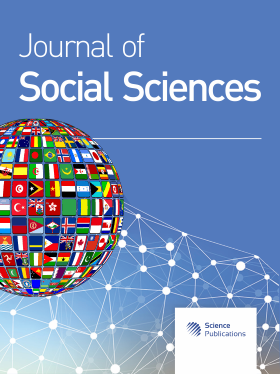Contact with Nature and Children’s Wellbeing in Educational Settings
Abstract
Problem statement: The study explores the role of the spatial-physical features of the environment for the functioning of educational institutions. Previous research in the field of environmental psychology showed how physical characteristics of learning environments might be linked to positive or negative outcomes in terms of learning attitudes and behaviors. In particular, there is consistent empirical evidence showing that contact with natural settings promotes psychological restoration, leading to the recovery of direct attention and stress reduction. The present study aims at investigating the impact of the experience of contact with external green spaces during school time upon children’s capacity of focusing direct attention on a specific task during structured activity with educators and upon the quality of children’s social interaction with peers and adult educators. Approach: A total of 16 children (age range 18-36 months) attending a recently opened childcare center in Rome, Italy participated in the study. The physical features of the internal and external spaces of the educational institutions were assessed via on-site observations. Systematic observations of the children were performed, in different spaces of the educational setting and in different moments of the school day. In particular, children’s performance in a visual-spatial task requiring direct attention and children social behavior (using a checklist of social interaction and emotional behavior) were assessed by a paper-and-pencil observation grid on a six-step scale. Results: The research suggests that contact with external green open spaces during school time is significantly associated with better performances in structured tasks requiring direct attention and to positive social behaviors. The frequency of educators’ direct interventions is smaller after the children’s contact with external green open spaces. Conclusion/Recommendations: These findings can contribute to gaining a better understanding of the restoration processes occurring in different typologies of educational settings and suggest the importance of providing these environments, such as childcare centers, with adequate external green spaces, in order to allow children to have opportunities for systematic psychological restoration during school time.
DOI: https://doi.org/10.3844/jssp.2012.304.309

- 10,173 Views
- 6,232 Downloads
- 13 Citations
Download
Keywords
- Providing educational settings
- psychological restoration
- direct attention
- custom-made environment
- adequate external green
- Stress Reduction Theory (SRT)
